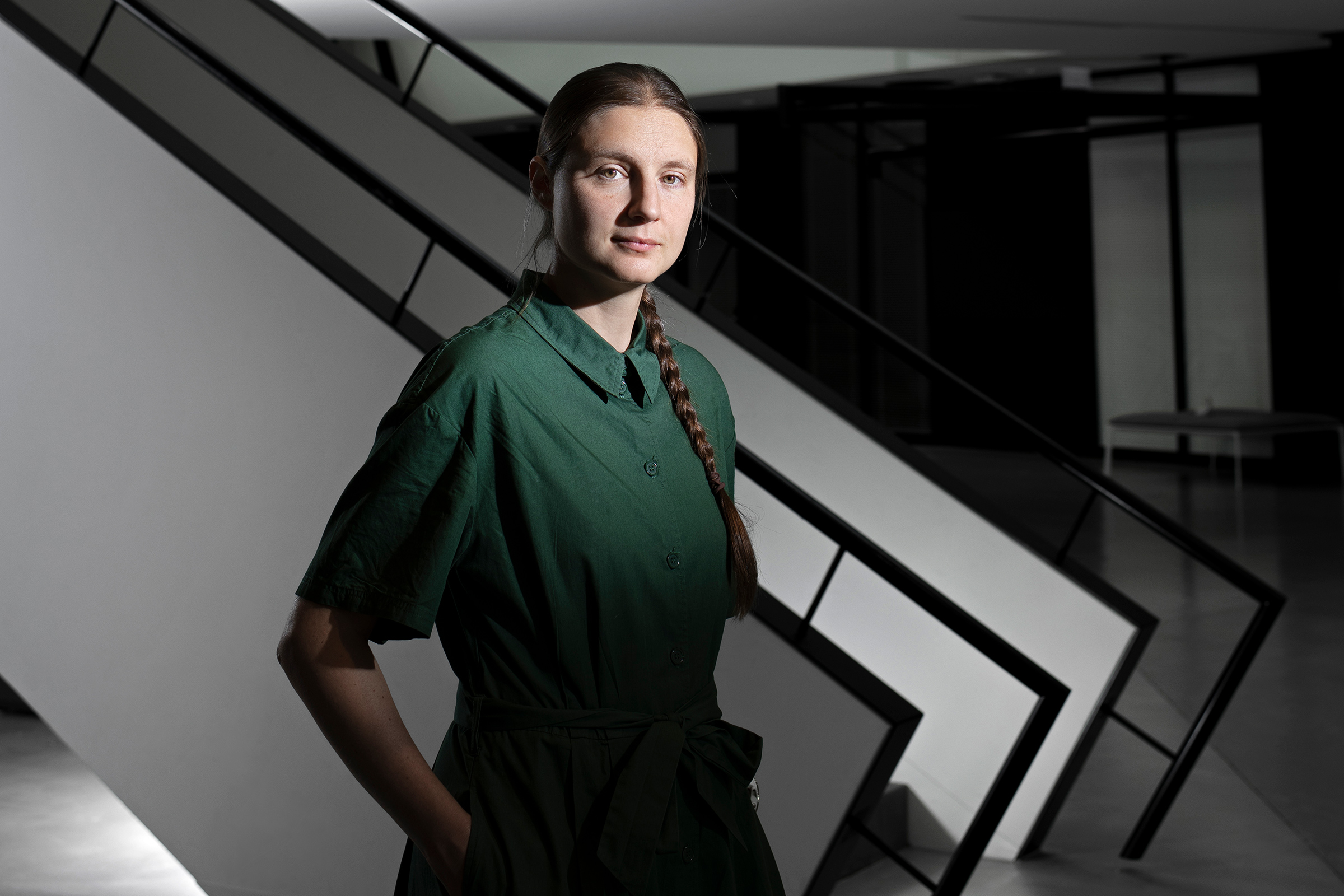This summer Maryna Viazovska, a professor at the Swiss Federal Institute of Technology, became only the second woman ever to win the Fields Medal—the highest award for mathematicians. More than 400 years ago, astronomer and mathematician Johannes Kepler proved that the most efficient way to stack a given number of cannonballs was in a pyramid—the way oranges are stacked in a supermarket—with the spheres taking up 75% of the available volume. Viazovska moved Kepler’s work out of three dimensions, and into the 21st century, with a series of mathematical proofs showing that in eight-dimensional space, spheres can be packed even more efficiently, taking up just 25% of available volume. In 24 dimensions, she found, they could be arranged to take up a mere 0.2%. Arcane? Yes. But promising. Viazovska’s proofs are closely related to error-correcting codes that are used in cell phones, spacecraft, and the internet, and could one day make for clearer connections across many forms of communication.
- The 100 Most Influential People of 2024
- The Revolution of Yulia Navalnaya
- 6 Compliments That Land Every Time
- What's the Deal With the Bitcoin Halving?
- If You're Dating Right Now, You're Brave: Column
- The AI That Could Heal a Divided Internet
- Fallout Is a Brilliant Model for the Future of Video Game Adaptations
- Want Weekly Recs on What to Watch, Read, and More? Sign Up for Worth Your Time
